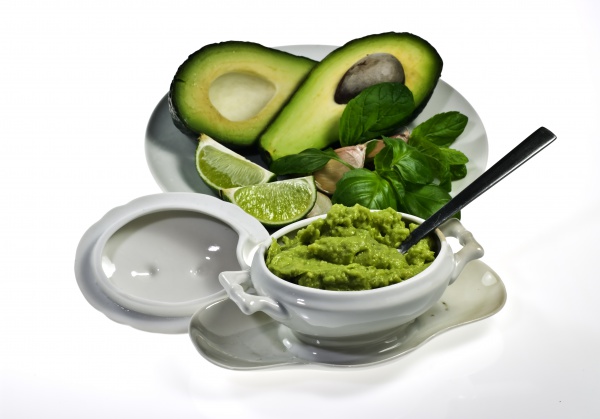Facts About Guacamole
Guacamole, a delectable avocado-based dip, spread, or salad, originates from Mexico but has gained immense popularity worldwide, especially in the United States. The word "guacamole" is derived from the Aztec language Nahuatl, translating to "avocado sauce." Avocados have been cultivated in South Central Mexico for approximately 10,000 years, and this savory dish has significantly contributed to the rise in avocado consumption in America, particularly during major events like Super Bowl Sunday and Cinco de Mayo.
Preparing traditional guacamole is quite straightforward: mash ripe avocados with sea salt using a mortar and pestle. Enhance it with lime juice, cilantro, and jalapeños. Some enthusiasts get inventive and include ingredients such as sour cream, tomatoes, basil, or even peas. Be mindful of the browning that occurs when avocados are exposed to air; proper storage can help maintain its fresh, green appearance.
Nutritionally, guacamole is rich in vitamins, minerals, and healthy fats from avocados. It provides an excellent source of dietary fiber, B vitamins, vitamin K, vitamin E, potassium, and phytosterols. Similar dishes include "mantequilla de pobre" which combines avocado, tomato, oil, and citrus juice, and "guasacaca" a Venezuelan avocado sauce.
You can find ready-made guacamole in stores, available refrigerated, frozen, or high-pressure packaged. For guacamole aficionados, don't forget to celebrate National Guacamole Day on September 16, coinciding with Mexican Independence Day. A fun fact: Mexico holds the Guinness World Record for the largest serving of guacamole, an astounding 8,351 pounds!

 Guatemala
Guatemala